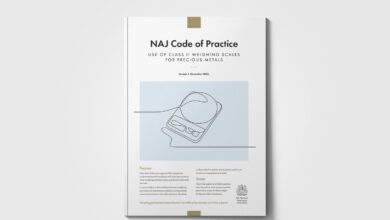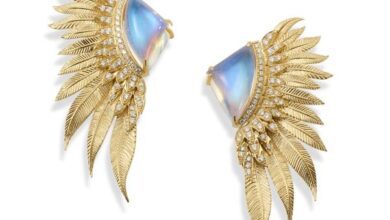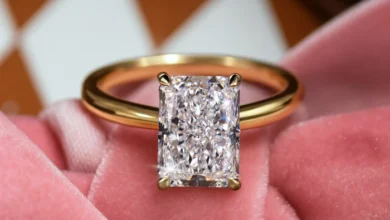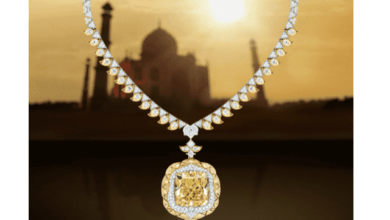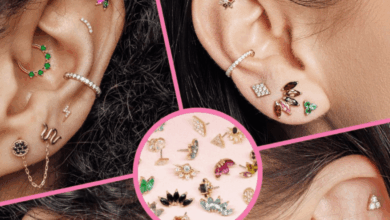
Register to get 1 free article
Reveal the article below by registering for our email newsletter.
Want unlimited access? View Plans
Already have an account? Sign in
“They are as much a symbol of innovation and progress as they are of enduring beauty and stand as a testament to our ongoing and ambitious sustainability agenda,” said Alexander Lacik, CEO at Pandora, upon releasing the group’s first lab-grown diamond (LGD) collection. However, the global jewellery retailer went beyond releasing a single LGD range, it simultaneously announced that “mined diamonds will no longer be used in Pandora’s products”.
Pandora’s strategy caused consternation among some of the jewellery industry’s establishment bodies. Together, the Responsible Jewellery Council (RJC), the World Diamond Council (WDC), CIBJO, the World Jewellery Confederation, the Natural Diamond Council (NDC), and the International Diamond Manufacturers Association (IDMA) released a joint statement in which they raised a question mark over what they called a “potentially false and misleading narrative” around LGDs, and they also urged Pandora to “market LGDs responsibly”.
The industry bodies said that “implying the natural diamond industry is both less ethical and the impetus behind Pandora’s move to lab-grown diamonds … can have unintended but substantial consequences on communities in developing nations”.
Yet, for Mona Akhavi, CEO at jewellery brand VRAI: “Every company should be constantly striving to make their business more sustainable and that is not something anyone should be getting backlash for.”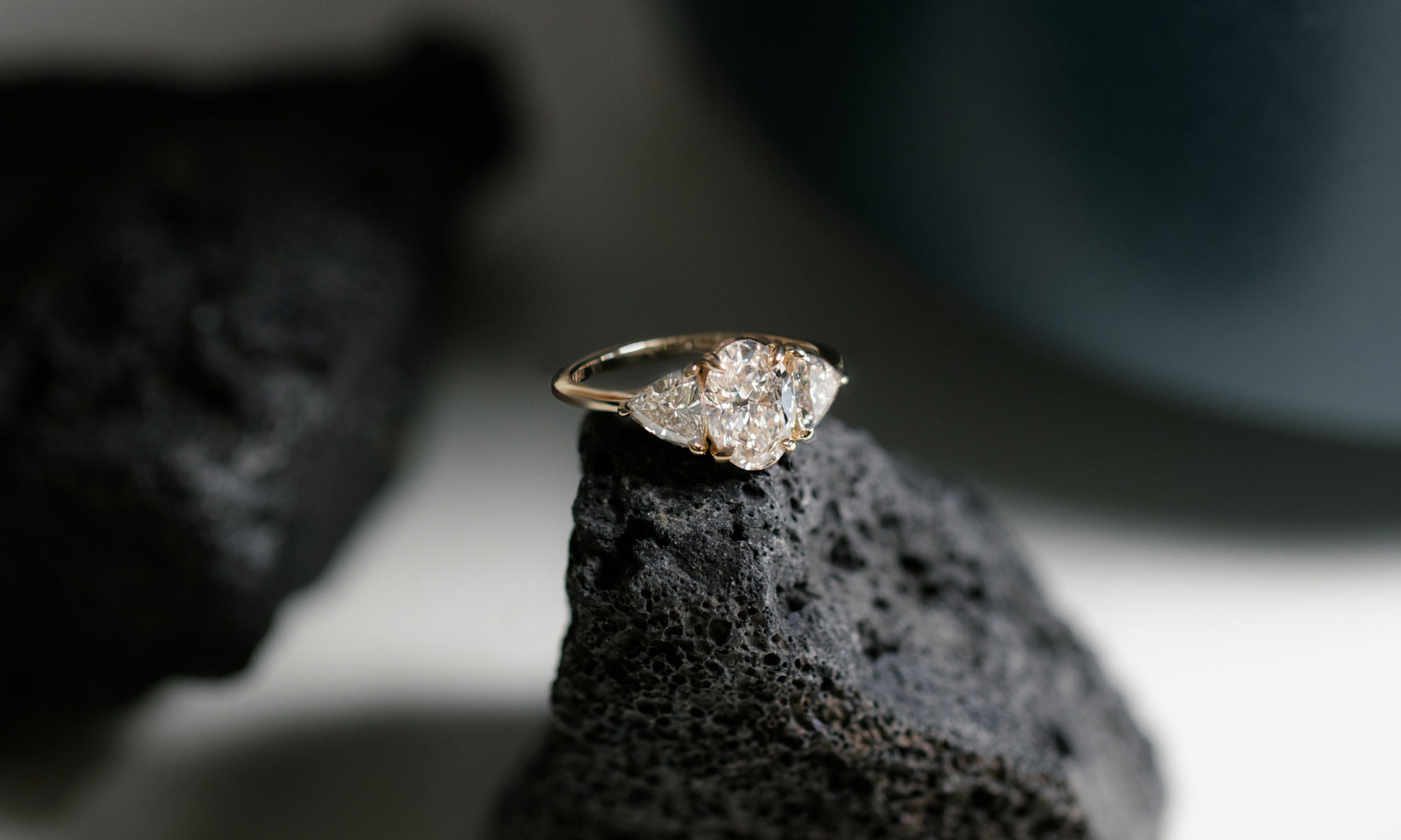
VRAI lab-grows stones for its fine jewellery and engagement rings with, it claims, “no carbon footprint and no mining”, putting it at the forefront of a growing segment of the jewellery market that Pandora is evidently also keen to pursue. VRAI’s central ethos is sustainability, and transparency from start to finish. Akhavi even claims VRAI is the “only [solely LGD] jewellery company that is vertically integrated”.
She adds: “This structure allows us to guarantee the origin of our diamonds as we know the exact path it has taken from the moment it was grown in our foundry until it reaches the client’s hands. There is complete transparency with our jewellery and sustainable diamonds, which are grown through a certified carbon neutral process.
“After the diamond is grown, it is cut and polished in-house by fourth-generation diamond cutters and set in a recycled solid gold or platinum setting. When our made-to-order fine jewellery pieces are ready to be shipped, they are sent to the customer in sustainable packaging.”
In today’s market, ensuring sustainability can be crucial for a retailer. One Trust Protocol survey of 1,000 brands in the US and UK found 61% of respondents have seen consumer demand rise for environmentally sustainable business practices, goods, and services since the start of the pandemic. Moreover, 70% of millennials are now considering buying LGDs over mined diamonds, according to research conducted by MVEye Marketing.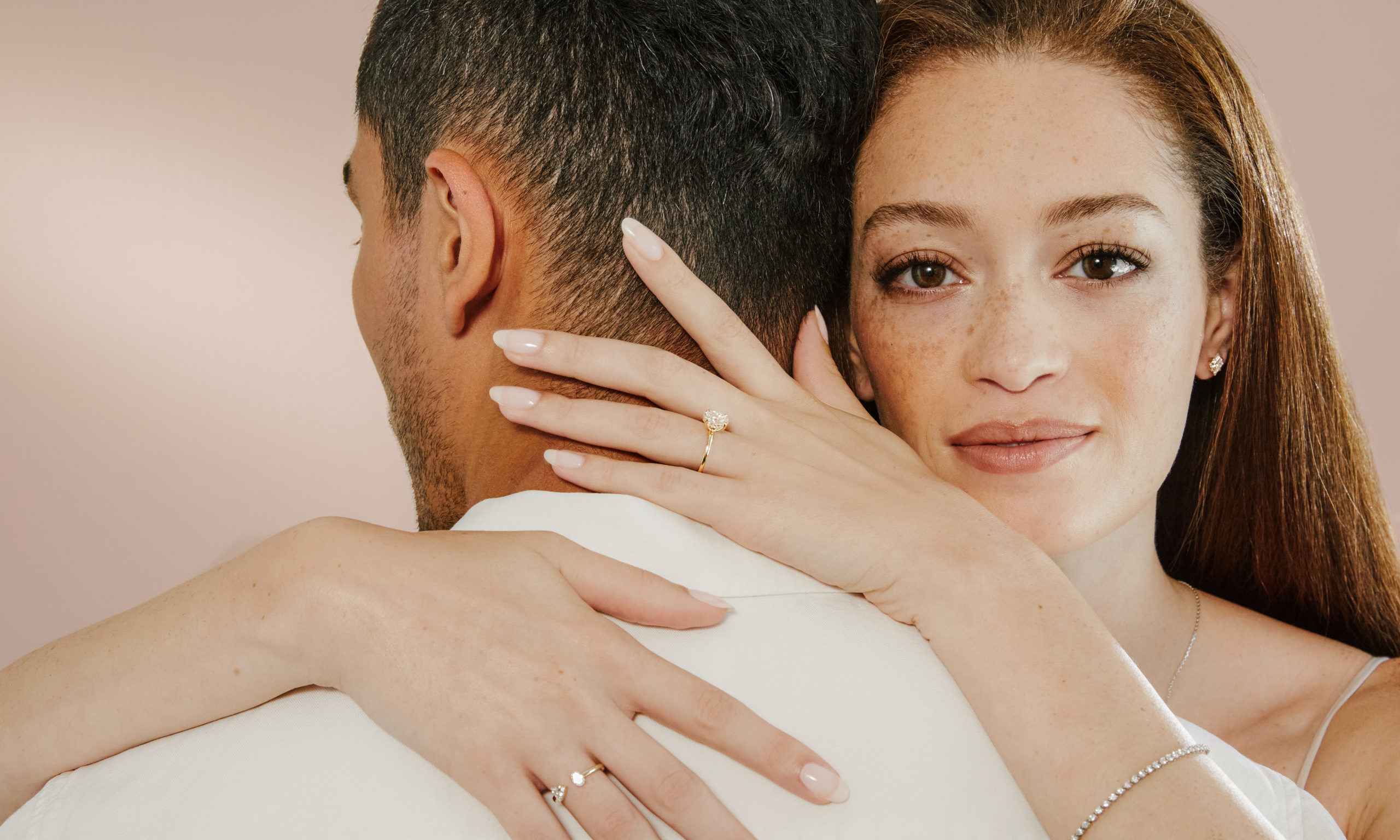
In turn, VRAI has seen demand soar. “Our virtual appointments have increased over 500% from last year and the popularity of our collections among influencers and celebrities has never been higher,” says Akhavi. “We have also expanded our offline presence with showrooms in the US and China, and operations in the UK, EU and Canada.”
Despite the clutch of industry bodies’ concerns that indelicate wording “can diminish consumer confidence across all categories and create confusion which is detrimental to the industry as a whole”, the trend in demand is clear.
Those brands associated with LGDs are benefitting from a spike in demand over consumer desires for increased sustainability, but what about quality?
For Akhavi and VRAI, being able to control the process throughout the entire supply chain, much like with sustainability, holds the answer. “VRAI is vertically integrated, so from the moment a diamond starts growing, to when it is polished, placed in a setting and sent out to the client, it never leaves our hands,” she says. “This makes it possible for us to ensure that there are no questions about diamond origin, allows us to provide transparency to consumers, and eliminate any middlemen markups.”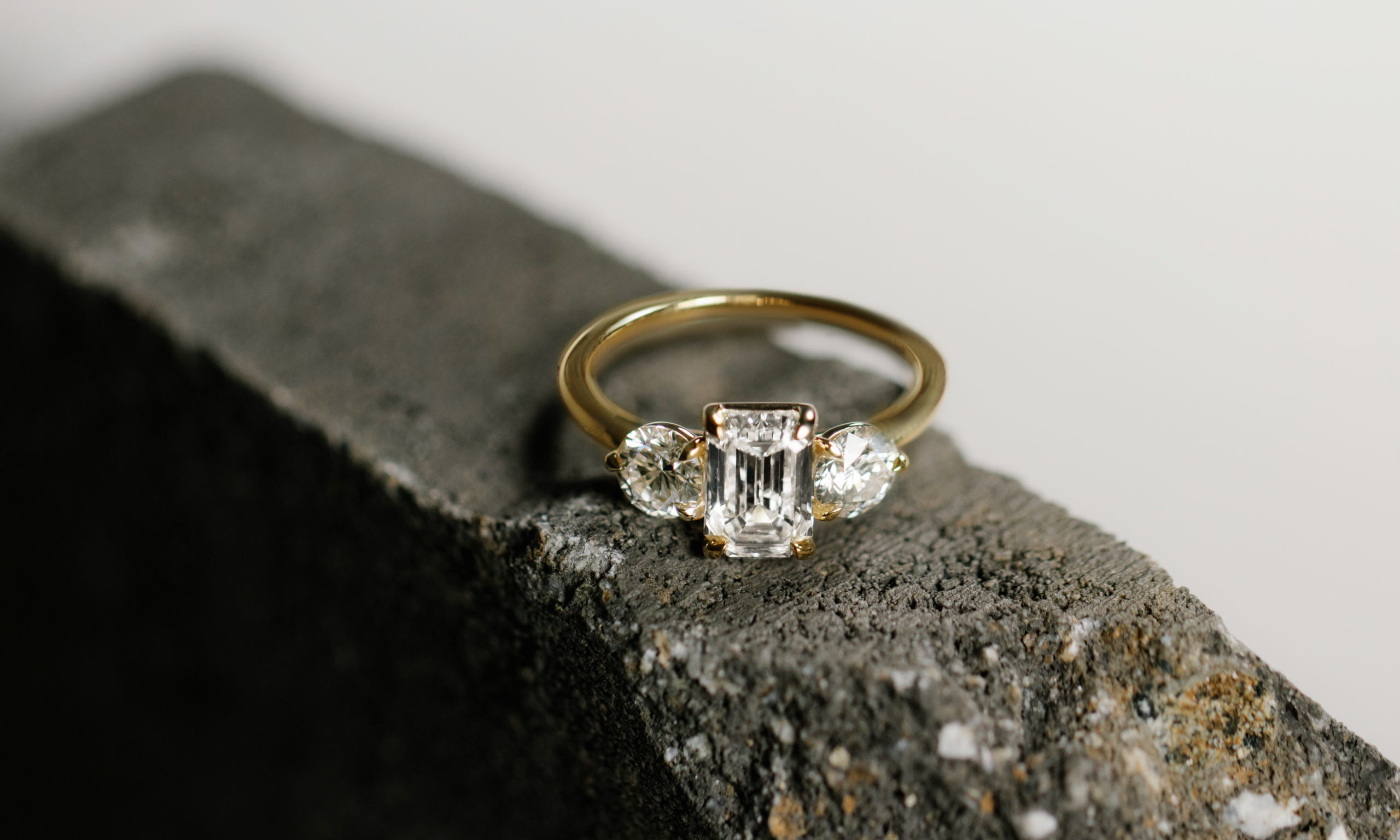
While the same oversight of the whole process cannot be claimed for every jewellery brand utilising LGDs, there can be little argument against the quality and sustainability of LGDs created and sold in the correct way.
The industry bodies warned that Pandora’s statement regarding LGDs could be “detrimental” to those who rely on the industry. However, Lacik told the BBC following the group’s announcement of Pandora’s intention to “become a low-carbon business”.
The key driver for its change is the notion that one day he can leave the planet “in a better shape than maybe what we’ve kind of created in the last 50 years or so”. Is it also simply a case of disruptive innovation?
The market for environmentally and socially responsible goods is booming, especially within younger generations, and LGDs undoubtedly cater to this demand. VRAI is already experiencing the benefits, Pandora is looking to jump on board, and those late to join may just be left out in the cold.


